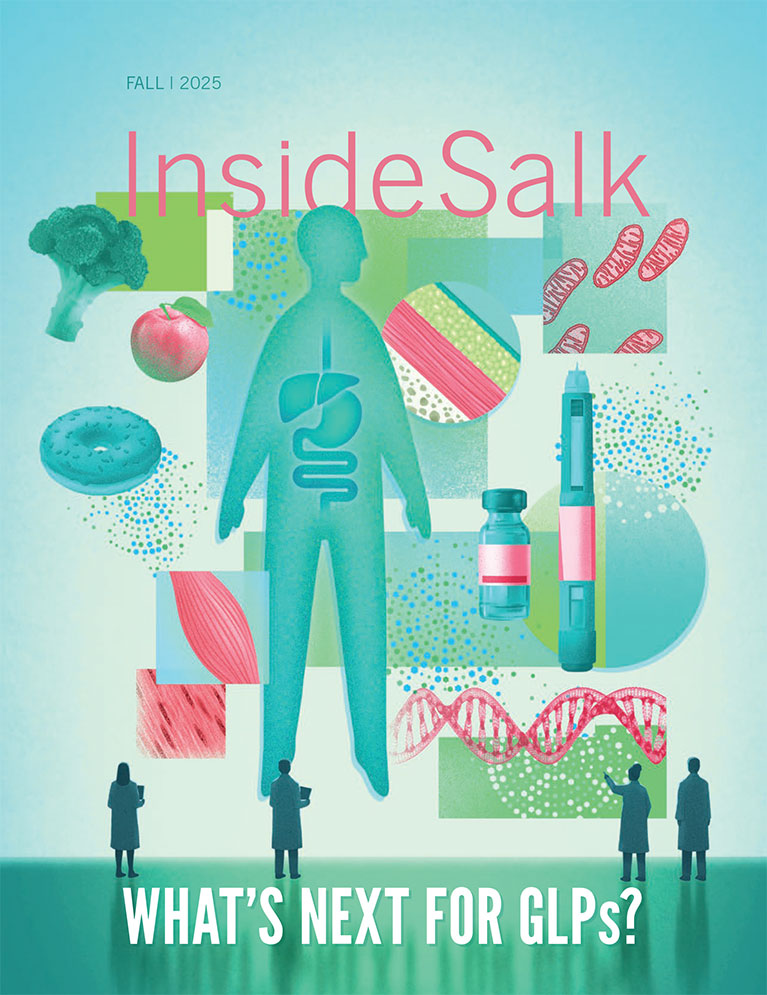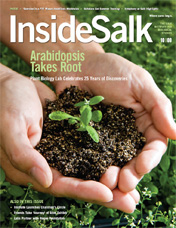Neurodevelopmental modelof Williams syndromeoffers insight into human social brain
Rare genetic condition produces individuals with extremely sociable personalities but research may also shed light on biology and behavior of persons with autism and other social disorders.
In an August 2016 Nature paper spanning molecular genetics, stem cells and the sciences of brain and behavior, researchers at the University of California, San Diego and the Salk Institute have created a neurodevelopmental model of a rare genetic disorder that may provide new insights into the underlying neurobiology of the human social brain. The disorder, called Williams syndrome (WS), is a rare genetic condition caused by deletion of one copy of 25 contiguous genes on chromosome 7, out of an estimated 30,000 genes in the brain. WS affects one in 10,000 people worldwide and an estimated 20,000 Americans. WS results in developmental delays, yet relative strengths in language use and face processing that result in a hypersocial predisposition. The labs of Ursula Bellugi and Rusty Gage in conjunction with UCSD were able to directly observe the behavior of cells with the genetic profile of WS. The cross disciplinary research not only suggests potential new treatments for this behavioral syndrome but could also help scientists to better understand the fundamental biological processes underlying social interactions.
Read News ReleaseFeatured Stories
 The Jacobs EffectThe Salk Institute and those helped by the Institute’s biomedical research have been particularly fortunate that Jacobs served as chairman of Salk’s Board for 10 years and that he and his wife have supported Salk science for even longer.
The Jacobs EffectThe Salk Institute and those helped by the Institute’s biomedical research have been particularly fortunate that Jacobs served as chairman of Salk’s Board for 10 years and that he and his wife have supported Salk science for even longer. Sparks of InnovationProviding bright and original minds the opportunity to quickly pursue a new idea does frequently result in unexpected and occasionally fundamental breakthroughs, substantially supporting progress in solving our most pressing science and medical problems.
Sparks of InnovationProviding bright and original minds the opportunity to quickly pursue a new idea does frequently result in unexpected and occasionally fundamental breakthroughs, substantially supporting progress in solving our most pressing science and medical problems. Unraveling the Mysteries of LifeStaff Scientist Abby Buchwalter is studying a part of the nucleus called the nuclear lamina. Akin to a skeleton, the nuclear lamina provides structural support and helps organize the nucleus, the command center of cells.
Unraveling the Mysteries of LifeStaff Scientist Abby Buchwalter is studying a part of the nucleus called the nuclear lamina. Akin to a skeleton, the nuclear lamina provides structural support and helps organize the nucleus, the command center of cells.




















































